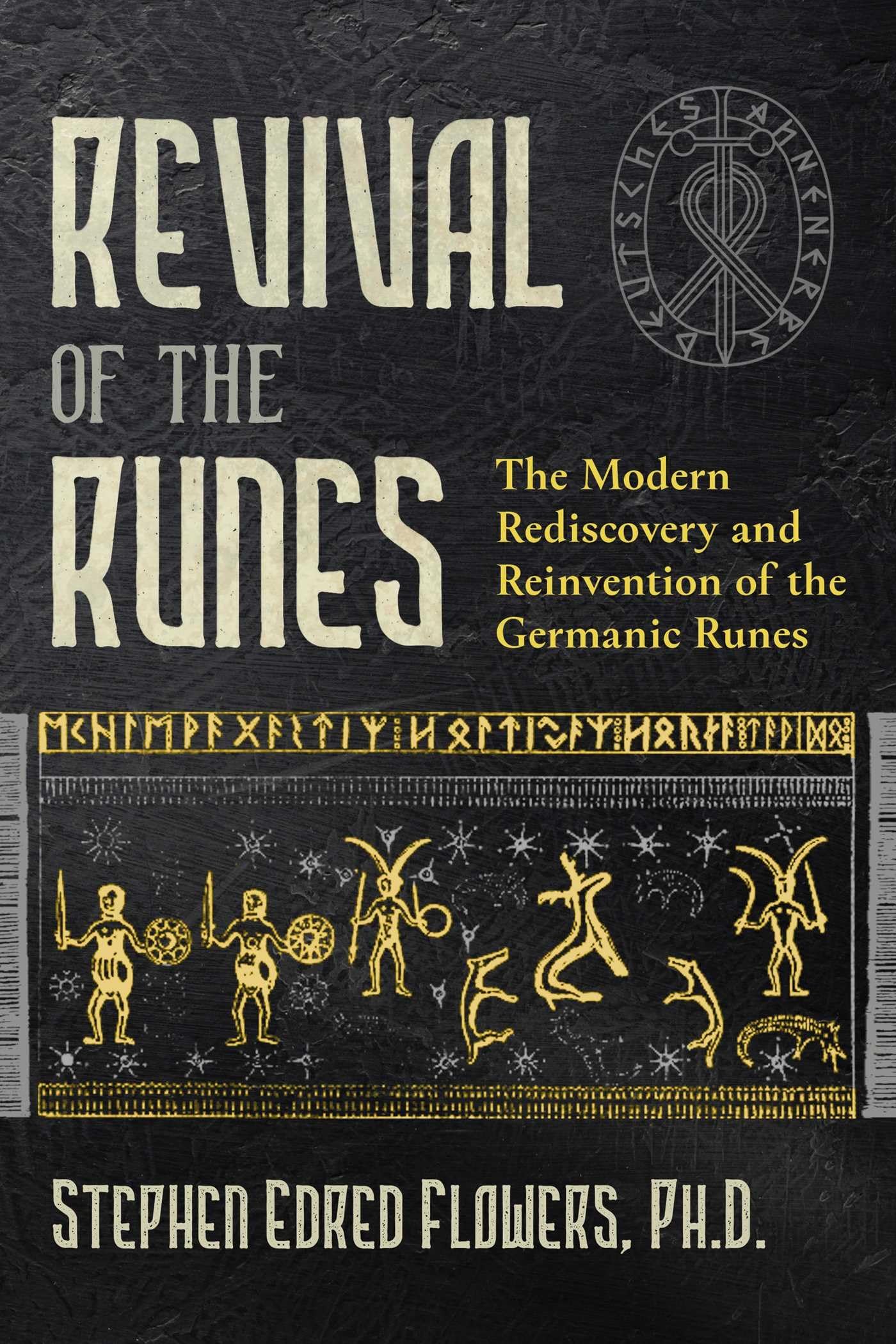Stephen Flowers, Ph.D., in Germanic languages, offers an unparalleled lens into the runes. Having founded the Rune-Gild and contributed significantly to the Order of Set and other groups, his understanding of both the magical and linguistic roots of the runes runs deep. This book particularly focuses on the historical and academic progression of the runes while giving due attention to their magical context.
Flowers addresses critiques of his previous esoteric leanings by reinforcing the historical evidence of runic magic. Drawing from sources like the Poetic Edda and archaeological finds, he elegantly charts the evolution of runes from language to sacred symbol.
What makes this book indispensable is how it clears misconceptions perpetuated by overly mystical interpretations. He offers a timeline that grounds the development of runes: from Renaissance decline, through Romanticism and the Enlightenment, to the Nazi appropriation, and finally the post-war revival.
He explores how runes were not merely decorative or linguistic but served religious and psychological purposes. For instance, he examines their usage on amulets and rune stones, uncovering magical intentions encoded in form and phrase. His emphasis on scientific runeology versus esoteric runeology provides clarity for both scholar and practitioner.
Of notable importance are the six pillars of esoteric systems that Flowers identifies: correspondence, the presence of mystery, the living nature of reality, the role of imagination and meditation, experiential transformation, and the application of transmutation. These principles form the backbone of any serious esoteric engagement with the runes.
As Flowers moves through history, we witness how the runes passed through the clandestine hands of priestly classes, Gothic revivalists, and eventually 20th-century occultists. The Renaissance to Baroque transition highlights how esotericism and Hermetic Christianity influenced runeology. He details how scientific runeology blossomed during the Enlightenment, while Romanticism gave rise to symbolic reinterpretations and neo-pagan fervor.
Then, the book bravely enters controversial terrain: Nazi misuse of the runes. Flowers separates genuine esoteric lineage from propagandist reinvention, showing how Hitler’s regime twisted rune symbolism into instruments of ideology. He documents the ways Nazi interpretations often deviated wildly from traditional meaning.
This historical damage is followed by post-war rebirth. As the Third Reich fell, the Rune-Gild and other organizations emerged to rediscover and restore the sacred use of runes. Figures like Carl Theodor Weigel and the Fraternitas Saturni played pivotal roles in this revival, bridging science, spirituality, and symbolism.
From the emergence of the Armanen Futharkh to musical and geometric correlations like the rune cube and space cube, Flowers opens new doors into understanding runes not just as tools but as archetypal expressions of cosmology. He even correlates runes with the Kabbalistic Tree of Life and Sacred Geometry, bridging Nordic magic with universal esotericism.
In his review of key contributors—like John Bauer and Thomas Karlsson—Flowers paints a sweeping picture of how art, politics, and metaphysics have shaped the revival of runic consciousness. And through it all, he weaves a compelling case for an “integral runeology”—a living system that respects both scientific evidence and the power of myth.
This isn’t a guidebook of rituals. It’s a sacred map for the serious seeker, a call to look deeper than the surface symbolism. If you’re looking for magical techniques, look elsewhere. But if you desire to know the soil from which this sacred alphabet grew, The Revival of the Runes is essential.
As the episode closes, Adam reflects on his own lifelong feeling of “otherness,” invoking a poetic monologue on witchcraft, nature, and the sacred role of mystery in a world gone numb. He reminds us that perhaps, what we need isn’t more clarity—but more beautiful unfamiliarity.

